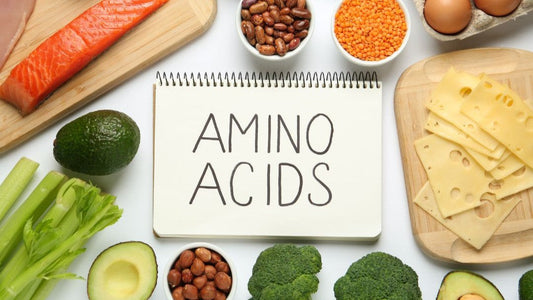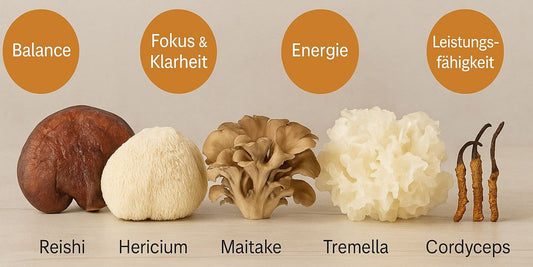In the debate about which type of fatty acid is better for our health, there doesn't seem to be a clear winner. Both omega-3 and omega-6 fatty acids are essential for our bodies, but they also compete for the same resources. So what's the verdict? Which fatty acid should we consume more of?
As it turns out, the answer is not so simple. Both omega-3 and omega-6 fatty acids have their own benefits, and the key to a healthy balance of these two nutrients is to consume them in the right proportions. Below we take a closer look at the advantages and disadvantages of each type of fatty acid:
Omega-3 fatty acids
There are three main types of omega-3 fatty acids: eicosapentaenoic acid (EPA), docosahexaenoic acid (DHA) and alpha-linolenic acid (ALA). ALA is found in plant-based foods, while EPA and DHA are found in fish and other animal sources.
The benefits of omega-3 fatty acids are manifold. For example, DHA contributes to the maintenance of normal brain function and the maintenance of normal blood triglyceride levels. DHA also contributes to the maintenance of normal vision. DHA and EPA also contribute to the maintenance of normal blood pressure and normal heart function. ALA, on the other hand, contributes to the maintenance of normal blood cholesterol levels. This essential fatty acid is also needed for healthy growth and development in children.
Although omega-3 fatty acids offer a number of impressive health benefits, they are not without their drawbacks. The main disadvantage is that they are highly susceptible to oxidation, which can impair their properties. They are also not as easily absorbed by the body as omega-6 fatty acids. It is therefore important to consume them in the form of foods or supplements that are stable and support absorption.
Omega-6 fatty acids
As with omega-3 fatty acids, there are three main types of omega-6 fatty acids: Linoleic acid (LA), gamma-linolenic acid (GLA) and arachidonic acid (AA). LA is found in vegetable oils such as soybean oil and corn oil, while GLA is found in plant sources such as evening primrose oil and borage oil. AA is found in animal sources such as meat and eggs.
Omega-6 fatty acids are also essential fatty acids and are needed for healthy growth and development in children, among other things.
Omega-6 fatty acids have a poorer reputation than omega-3 fatty acids. The key is to maintain a healthy balance of omega-3 and omega-6 fatty acids. It is therefore important to maintain a healthy balance between omega-3 and omega-6 fatty acids by consuming them in the right proportions. The ideal ratio is thought to be 1:1, but most people tend to eat heavily in favor of omega-6. This is because omega-6 fatty acids are much more common in our everyday diet.
Omega-6 is found in many foods, especially in vegetable oils such as sunflower oil. But also in poultry, butter, cheese and eggs, for example.
There are two main sources of omega-3 fatty acids: plant-based foods such as linseed, chia seeds, walnuts and soybeans and animal-based foods such as salmon, herring, mackerel and krill. Most people do not consume enough omega-3 fatty acids because they often eat processed foods instead of fresh or unprocessed foods. It is important that you consume enough omega-3 fatty acids to keep your body functioning optimally.
Healthy fats: Yes, they exist!
A healthy body needs healthy fats. That's no secret. But what are the best sources of omega-3 fatty acids, which are so important for our health? Most people consume too many omega-6 fatty acids and too few omega-3 fatty acids. This imbalance can lead to a number of health problems. As mentioned above, omega-3 fatty acids can come in three forms: alpha-linolenic acid (ALA) and eicosapentaenoic acid (EPA) and docosahexaenoic acid (DHA). Most people need to supply their body with EPA and DHA because it cannot produce these fatty acids itself. The body can convert ALA into EPA and DHA, but this is often insufficient. The best source of EPA and DHA is oily sea fish such as salmon, herring, mackerel or krill. Unfortunately, the consumption of sea fish is often contaminated with environmental toxins such as mercury and pollutants. Pregnant women, nursing mothers and children should therefore only consume processed fish products such as krill or linseed oil capsules. Vegetarians and vegans can obtain ALA from plant-based foods such as flaxseed, chia seeds, soybeans, walnuts and spinach. Some of these foods also contain EPA and DHA in smaller amounts. Linseed oil is one of the purest sources of ALA.
More interesting articles for you:




